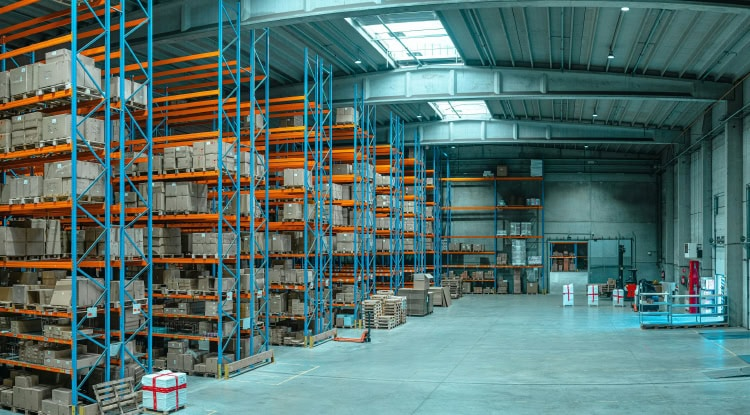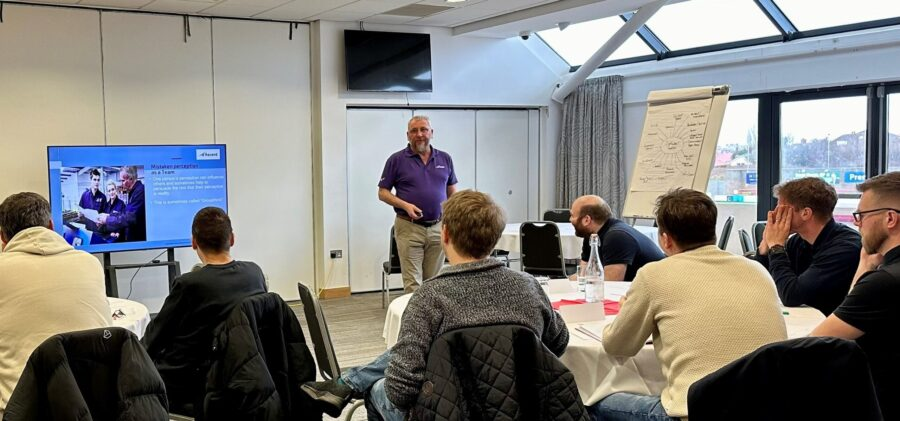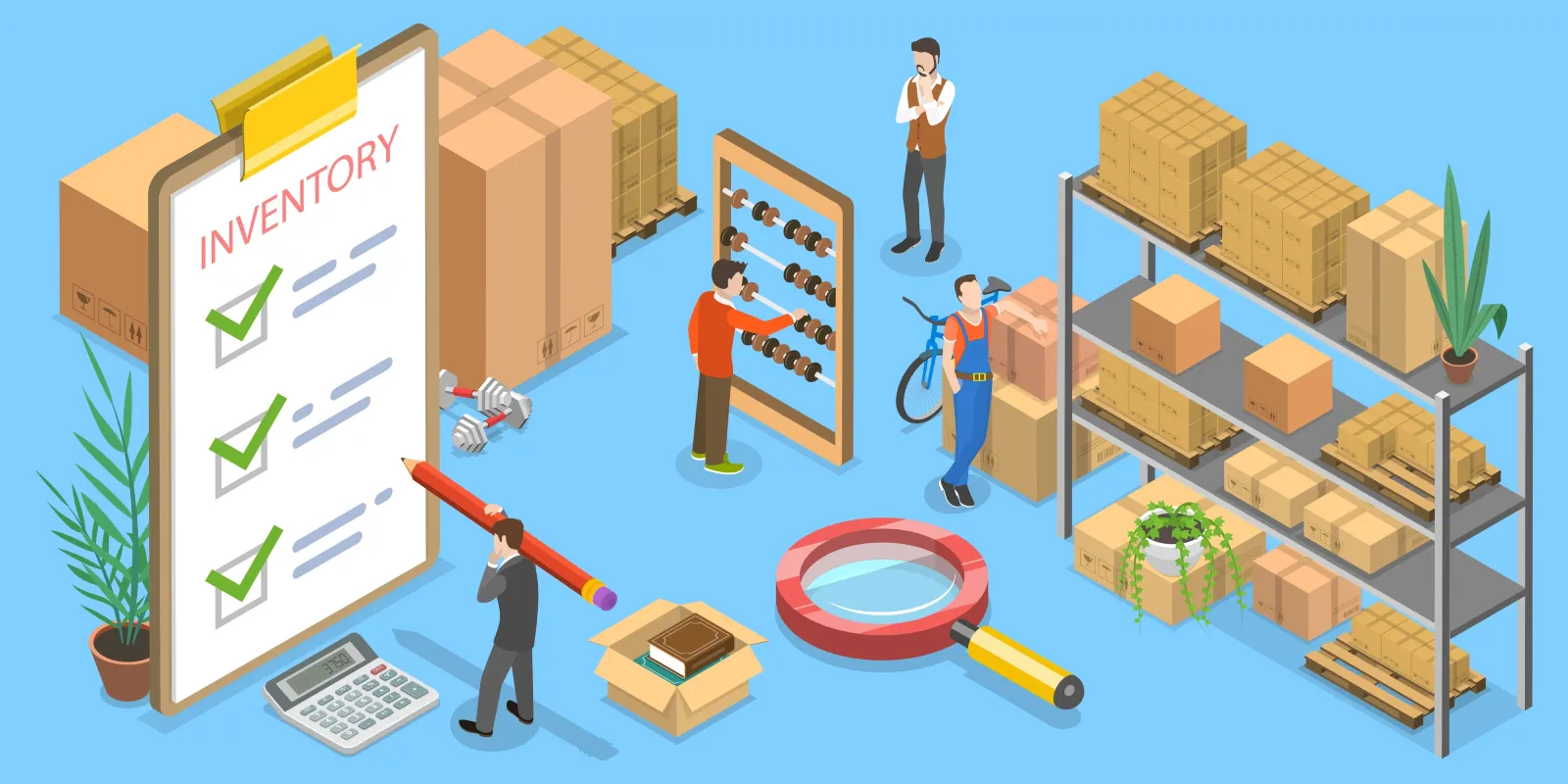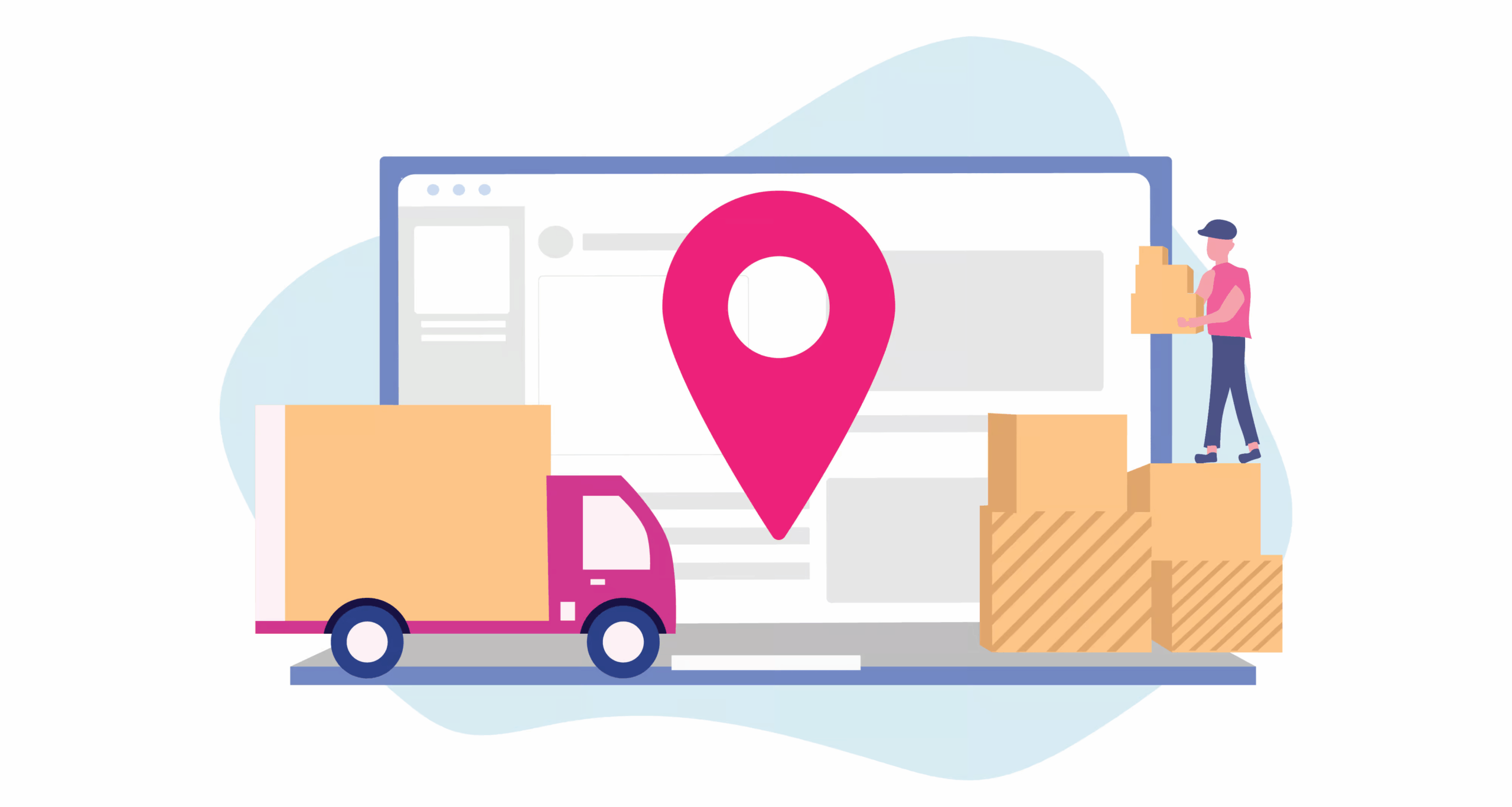Cómo lograr una visibilidad logística global de principio a fin en 2025
Visibilidad logística mundial has become a top priority for companies aiming to build efficient, resilient, and customer-focused supply chains. As trade expands and shipping networks grow more complex, real-time transparency from factory to final delivery is no longer optional—it’s a necessity. PostalParcel helps businesses unlock full visibility through smart routing, live tracking, and data-driven decision-making tools that make global delivery truly seamless.
1. Understanding End-to-End Global Logistics Visibility and Supply Chain Transparency

End-to-end logistics visibility means having complete insight into every stage of the supply chain—from production and warehousing to transportation, customs, and final delivery. It enables companies to see where goods are, what condition they’re in, and when they will arrive. This level of transparency helps reduce risks, eliminate guesswork, and strengthen customer confidence.
Key components include:
- Seguimiento de envíos en tiempo real
- Unified data across carriers and partners
- Alertas predictivas de retrasos
- Integration between suppliers, warehouses, and delivery partners
When all systems communicate smoothly, logistics teams can respond faster, plan better, and deliver more reliably.
2. Why Real-Time Tracking and Visibility Matter More Than Ever in 2025
The global logistics Visibility landscape has changed dramatically in recent years. Supply chain disruptions, rising fuel costs, and customer expectations for real-time updates have pushed visibility to the center of logistics strategy.
Here’s why visibility is critical:
- Confianza del cliente: Shoppers expect accurate delivery estimates and proactive updates.
- Efficiency Gains: Clear data reduces redundant processes and manual checks.
- Risk Management: Early warnings allow companies to avoid costly delays.
- Sostenibilidad: Visibility supports optimized routes, reducing carbon emissions.
Companies that invest in digital visibility tools often outperform those that rely on manual tracking and fragmented communication.
3. Building the Foundation: Technology Integration
3.1 Connect Data from Every Source
True visibility begins with connecting all data points into one platform. Warehouse management systems (WMS), transportation management systems (TMS), and ERP software must share real-time data. Without integration, critical updates can fall through the cracks.
A connected ecosystem lets logistics managers monitor:
- Carrier performance in real time
- Customs clearance progress
- Route deviations and delivery bottlenecks
PostalParcel offers multi-channel integration that unifies global shipments in one dashboard—allowing teams to make faster and smarter decisions.

3.2 Leverage IoT and GPS Tracking
IoT devices and GPS sensors provide accurate, continuous location data. Temperature sensors, shock detectors, and smart tags ensure that goods are transported safely, especially for sensitive or high-value items. When combined with AI-powered analytics, companies can predict disruptions before they occur.
4. Turning Data into Action
Having data is only the first step—knowing how to use it is what drives performance. Data-driven logistics helps convert visibility into measurable business outcomes.
Effective data use includes:
- Predictive analysis: Forecasting delivery delays or customs issues before they happen.
- Automated notifications: Sending instant updates to customers and partners.
- Performance dashboards: Tracking KPIs like on-time delivery rate, average transit time, and route efficiency.
PostalParcel's intelligent dashboard uses real-time analytics to help users identify weak spots in their supply chain and continuously improve their delivery performance.
5. Collaborating Across the Supply Chain
5.1 Transparent Communication Between Partners
End-to-end global logistics visibility depends on cooperation. Shippers, freight forwarders, customs brokers, and last-mile carriers must share accurate and timely data. Miscommunication between these stakeholders is one of the leading causes of shipment delays.
Creating standardized data-sharing protocols and using centralized communication tools helps eliminate confusion and improve accountability.
5.2 Empowering Customers with Transparency
Customers no longer want to wait in uncertainty. Giving them access to live tracking links, estimated delivery windows, and proactive alerts turns visibility into a powerful trust-building tool. PostalParcel provides branded tracking pages that keep customers informed at every step, improving satisfaction and repeat business.

6. Overcoming Common Barriers to Global Logistics Visibility
While global logistics visibility brings clear benefits, many businesses still struggle to achieve it due to fragmented systems and inconsistent data standards. Here’s how to overcome the most common obstacles:
1. Data Silos:
Use cloud-based systems that synchronize information between carriers, suppliers, and distribution centers.
2. Limited Infrastructure:
Invest in scalable logistics platforms that can handle multiple transportation modes and regions.
3. Manual Processes:
Automate tracking updates and reporting to save time and reduce human error.
4. Lack of Datos en tiempo real:
Adopt IoT sensors and satellite-based tracking to ensure constant visibility, even across borders.
5. Resistance to Change:
Train teams on how to use digital tools effectively and show them how automation improves daily operations.
PostalParcel simplifies this transition by offering ready-to-use logistics visibility solutions that integrate smoothly with existing workflows.
7. Sustainability and Visibility: A Perfect Match
Sustainability is no longer just a branding term—it’s a business priority. Visibility supports greener logistics in several ways:
- Route Optimization: Reduces unnecessary mileage and fuel usage.
- Inventory Control: Prevents overproduction and warehouse waste.
- Carbon Reporting: Tracks and verifies emissions per shipment.
By combining visibility data with sustainability metrics, companies can meet ESG goals and appeal to eco-conscious customers. PostalParcel’s tracking solutions help partners monitor carbon impact and make data-based improvements.
8. The Human Factor: Training and Change Management

Technology alone cannot deliver full visibility. Employees must understand how to use new tools effectively. Regular training ensures that teams know how to interpret logistics data, respond to alerts, and optimize routes.
A company-wide culture of transparency encourages proactive problem-solving. When every department—from procurement to customer service—has access to accurate logistics data, collaboration becomes natural.
9. Measuring the Impact of Full Visibility
Once visibility solutions are in place, it’s important to measure their success. Companies can track improvement using these performance indicators:
- Entrega puntual rate
- Shipment accuracy
- Transit time variability
- Puntuaciones de satisfacción del cliente
- Cost per delivery
With PostalParcel’s analytics suite, businesses can turn these insights into actionable strategies that boost performance across the supply chain.
10. The Road Ahead: Smart, Connected, and Predictive
In 2025, end-to-end global logistics visibility will no longer be a competitive advantage—it will be a standard requirement. The winners will be those who embrace predictive systems, AI-driven routing, and seamless data sharing.
PostalParcel continues to lead the way by providing logistics solutions that connect every point of the journey—helping businesses build trust, reduce costs, and deliver smarter on a global scale.
To experience full transparency and reliability in your logistics operations, explore PostalParcel’s global visibility solutions and take control of every shipment, every mile, and every moment.
Perspectivas del sector
noticias vía inbox
Nulla turp dis cursus. Integer liberos euismod pretium faucibua








